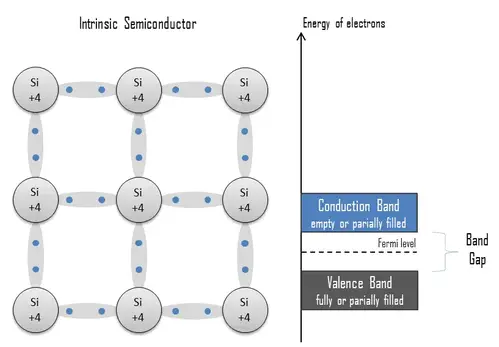An integrated circuit (IC) is a small electronic device containing interconnected components, such as transistors, resistors, and capacitors, on a semiconductor.
Introduction to Integrated Circuits
An integrated circuit (IC), also known as a microchip or chip, is a miniature electronic device that contains a collection of interconnected electronic components such as transistors, resistors, capacitors, and diodes. These components are fabricated on a thin slice of semiconductor material, typically silicon, using a process called photolithography.
History and Development
The integrated circuit was invented in 1958 by Jack Kilby at Texas Instruments and independently by Robert Noyce at Fairchild Semiconductor in 1959. Their invention revolutionized the electronics industry, enabling the miniaturization and mass production of electronic devices, and paved the way for modern computing and communication technologies.
Types of Integrated Circuits
There are two primary types of integrated circuits:
- Analog ICs: These ICs process continuous signals and are used in applications such as amplifiers, oscillators, and filters.
- Digital ICs: These ICs work with discrete signals, usually binary (0 or 1) in nature, and are used in applications such as logic gates, microprocessors, and memory chips.
Additionally, some ICs combine both analog and digital functions, and these are known as mixed-signal ICs.
IC Packaging and Pin Configuration
Integrated circuits are housed in a protective package with external connection pins. The package type and pin configuration depend on the complexity of the IC and its intended application. Common package types include dual in-line package (DIP), small outline integrated circuit (SOIC), and quad flat package (QFP).
Advantages of Integrated Circuits
Integrated circuits offer several advantages over discrete electronic components, such as:
- Miniaturization: ICs are significantly smaller than their discrete counterparts, enabling compact and lightweight electronic devices.
- Cost reduction: The mass production of ICs has significantly lowered the cost of electronic devices.
- Increased reliability: ICs are less prone to failure compared to discrete components due to their monolithic construction.
- Improved performance: ICs can operate at higher speeds and with lower power consumption than discrete components.
Applications of Integrated Circuits
Integrated circuits can be found in virtually every modern electronic device, including computers, smartphones, home appliances, and automobiles. They play a crucial role in the functioning of these devices, allowing for advanced functionality, increased performance, and reduced energy consumption.
.png)



